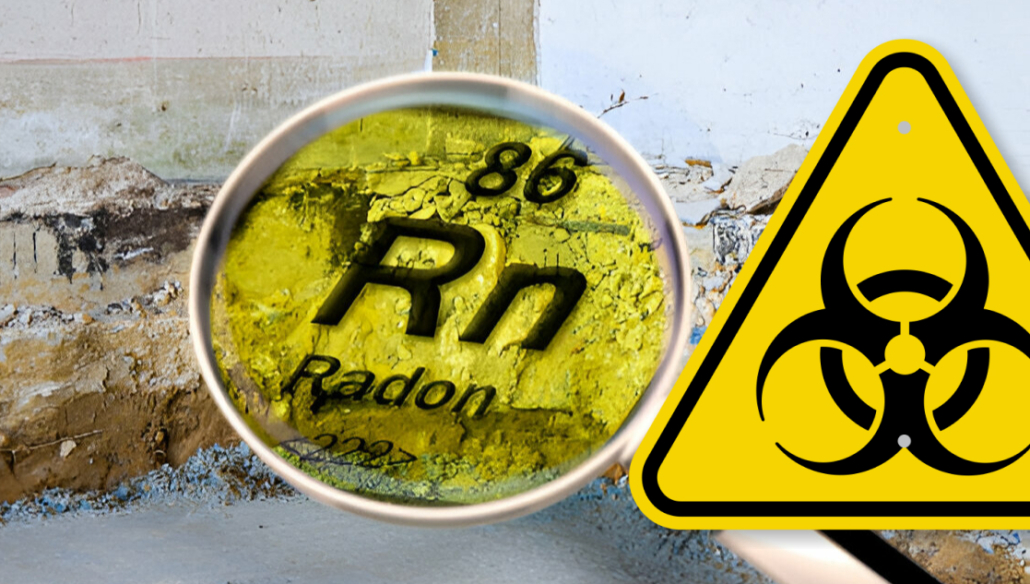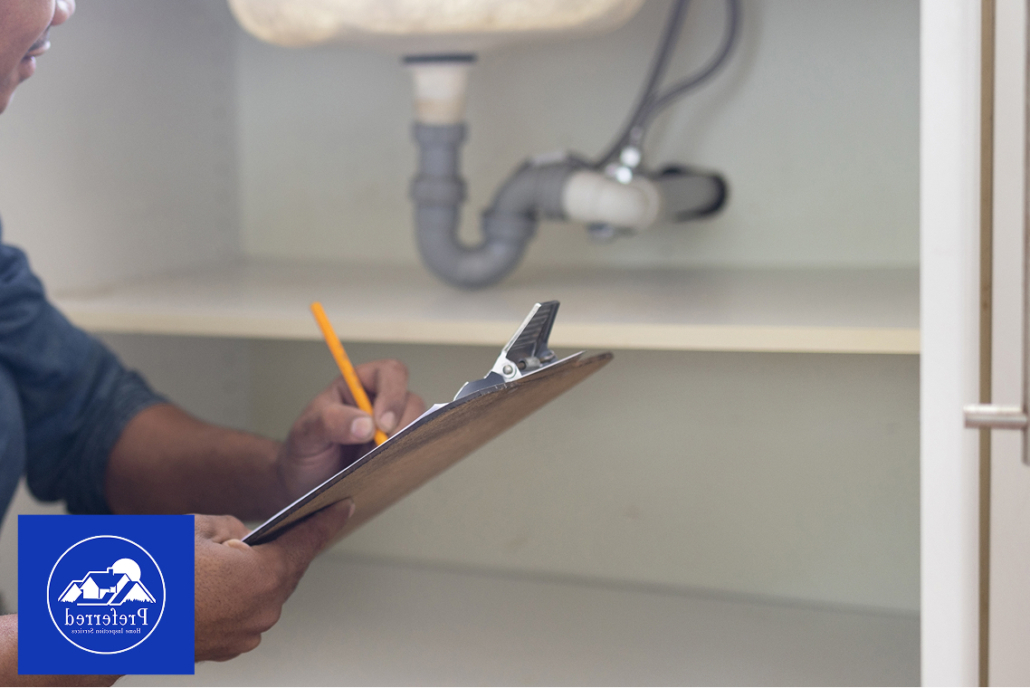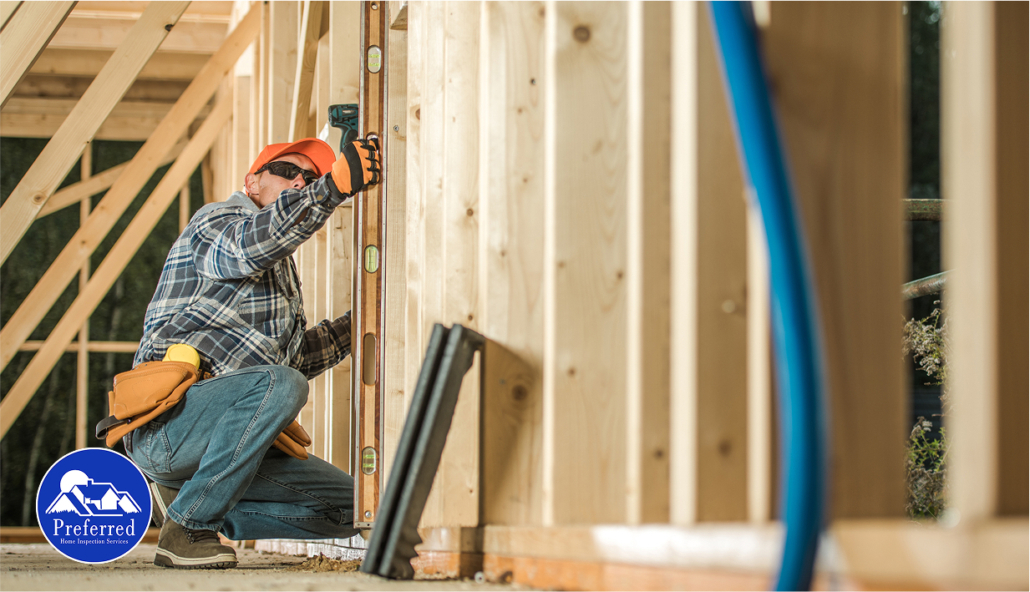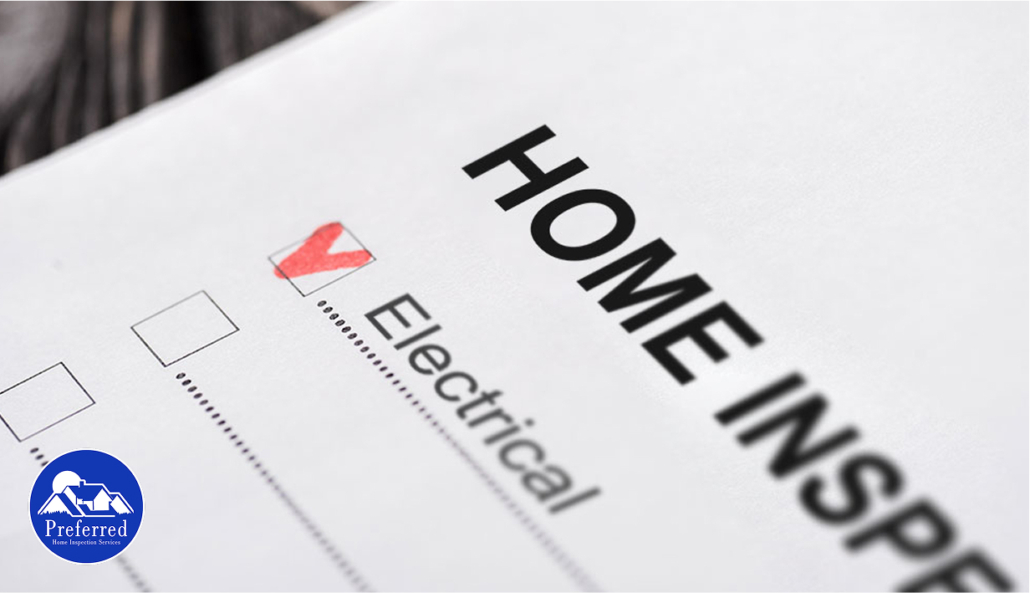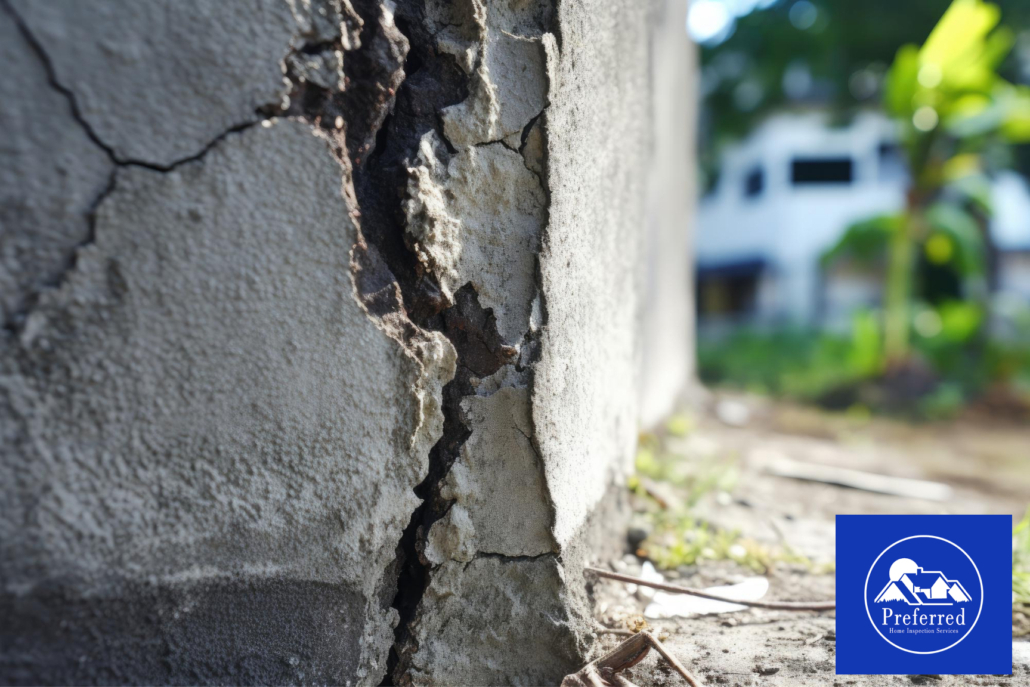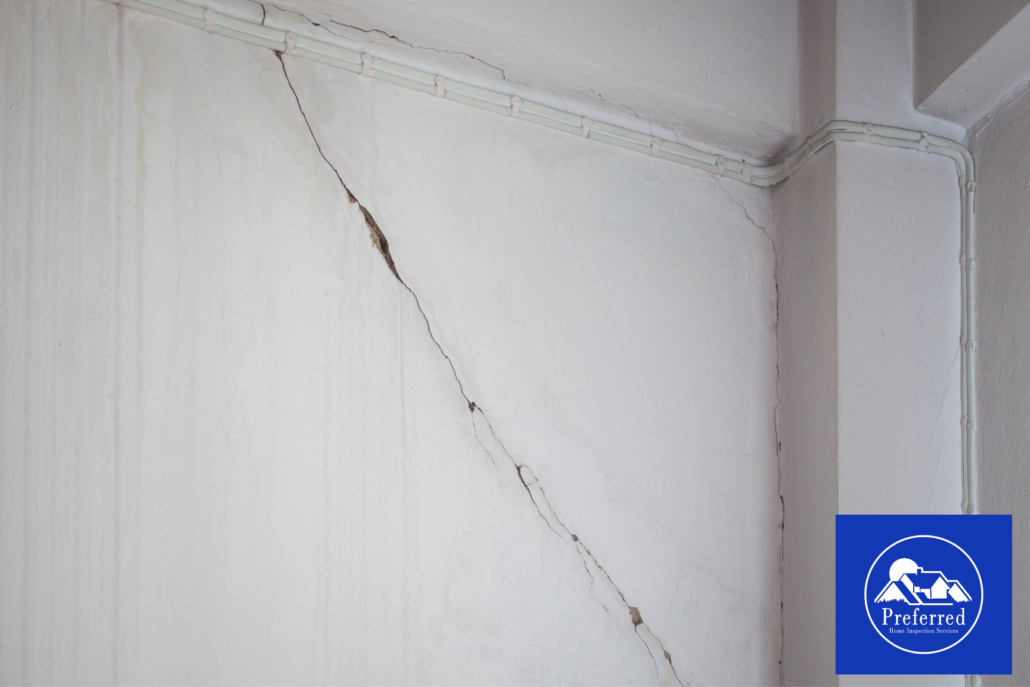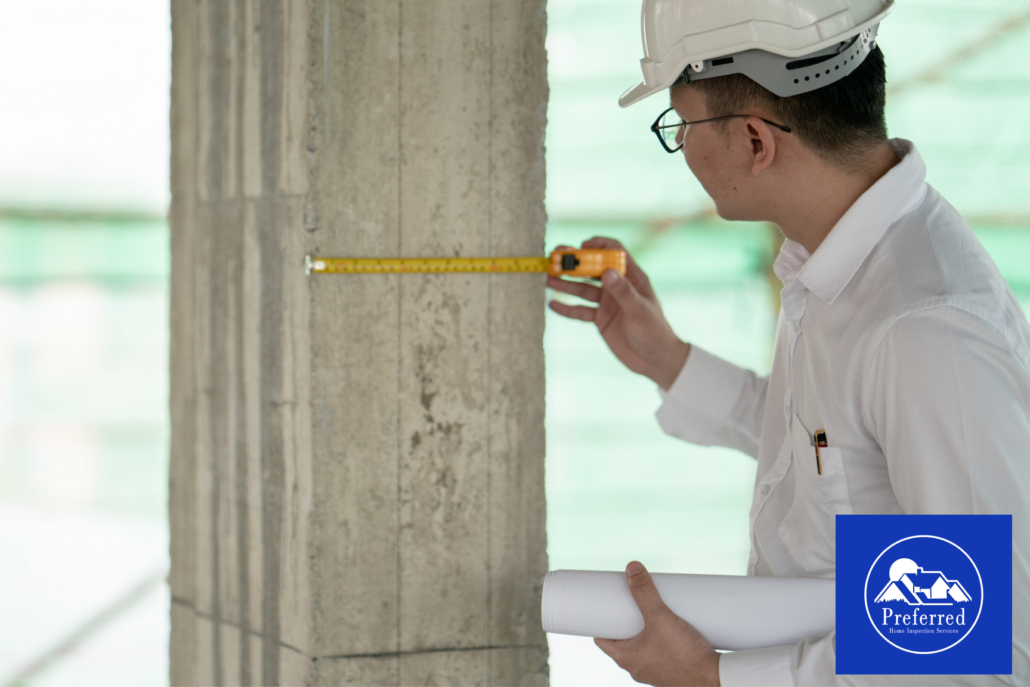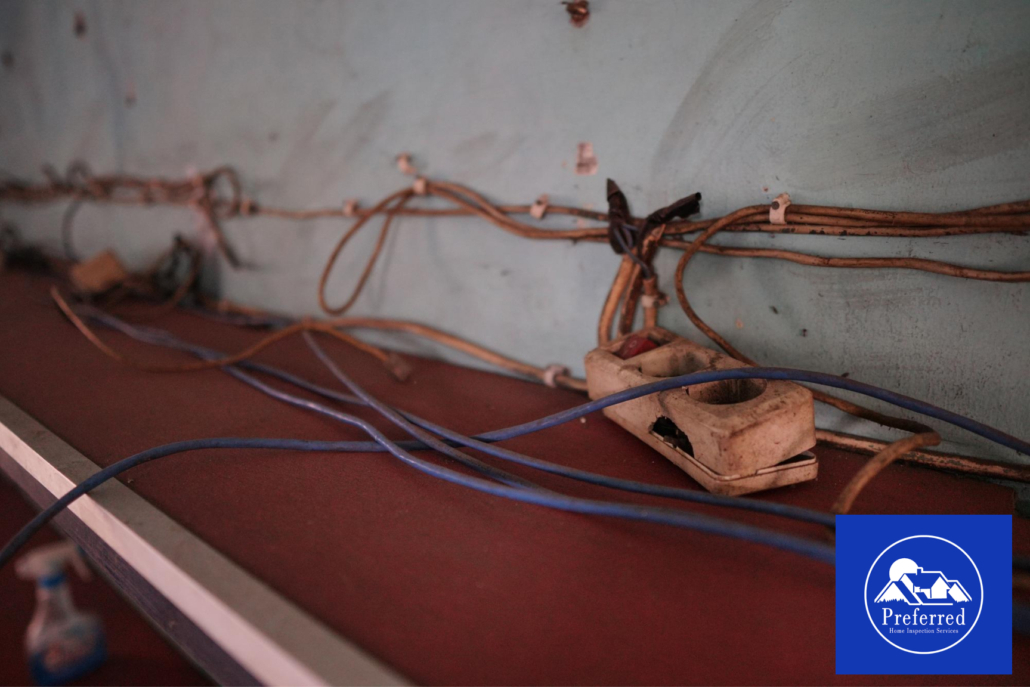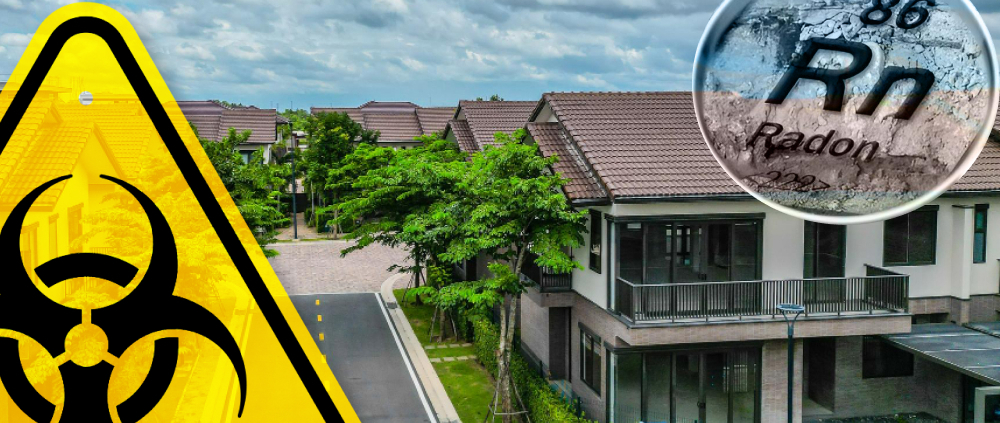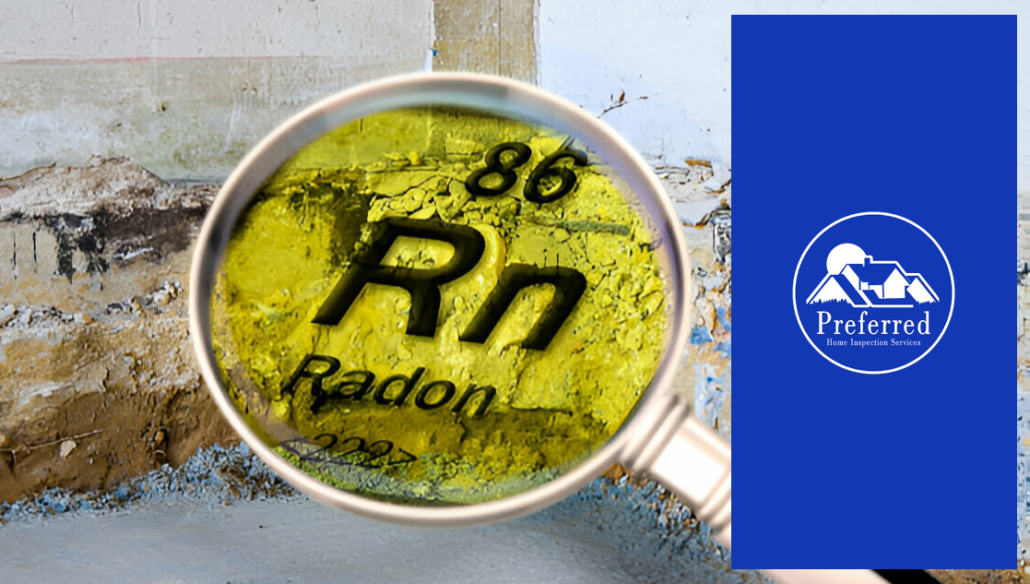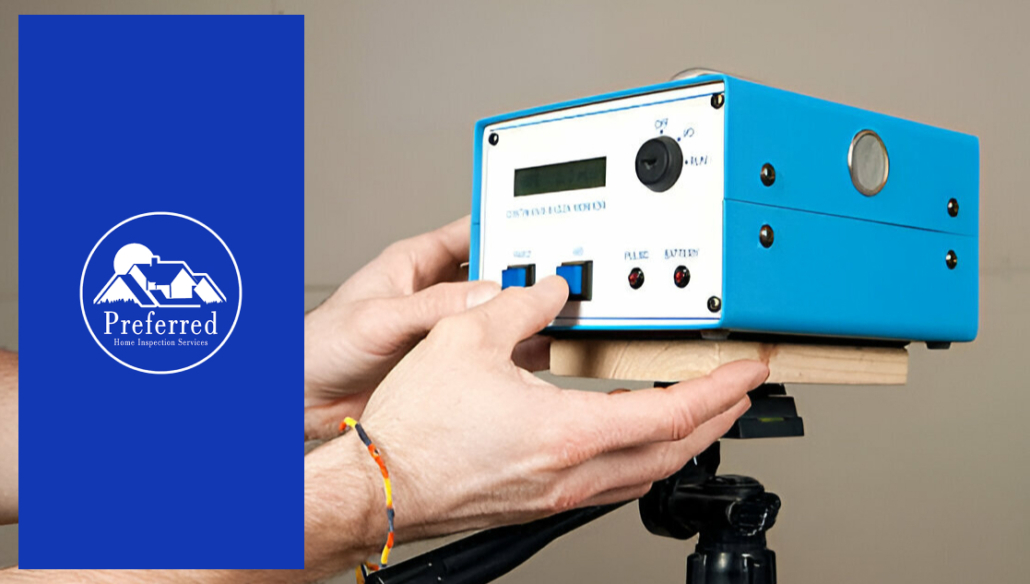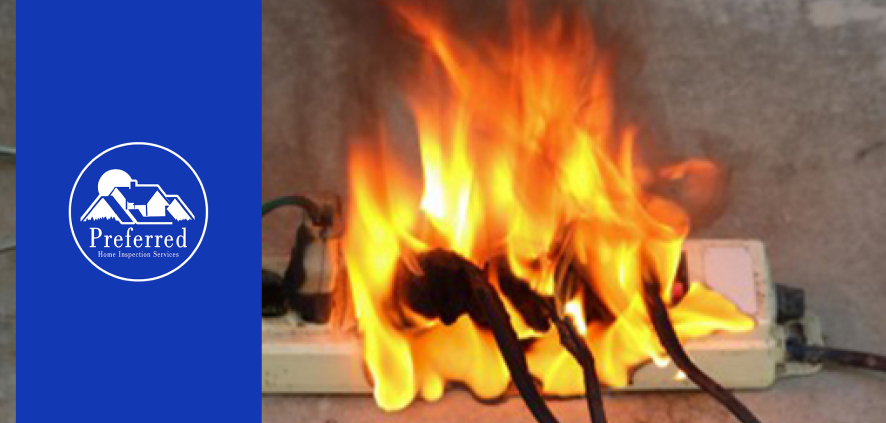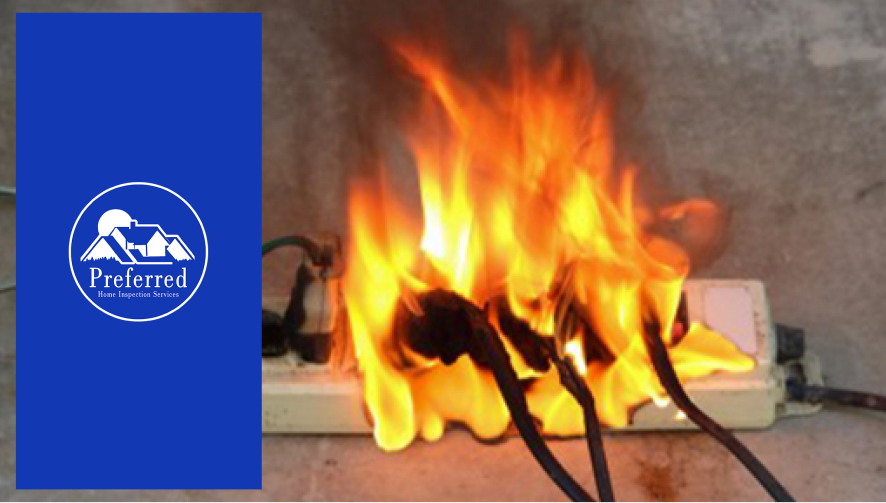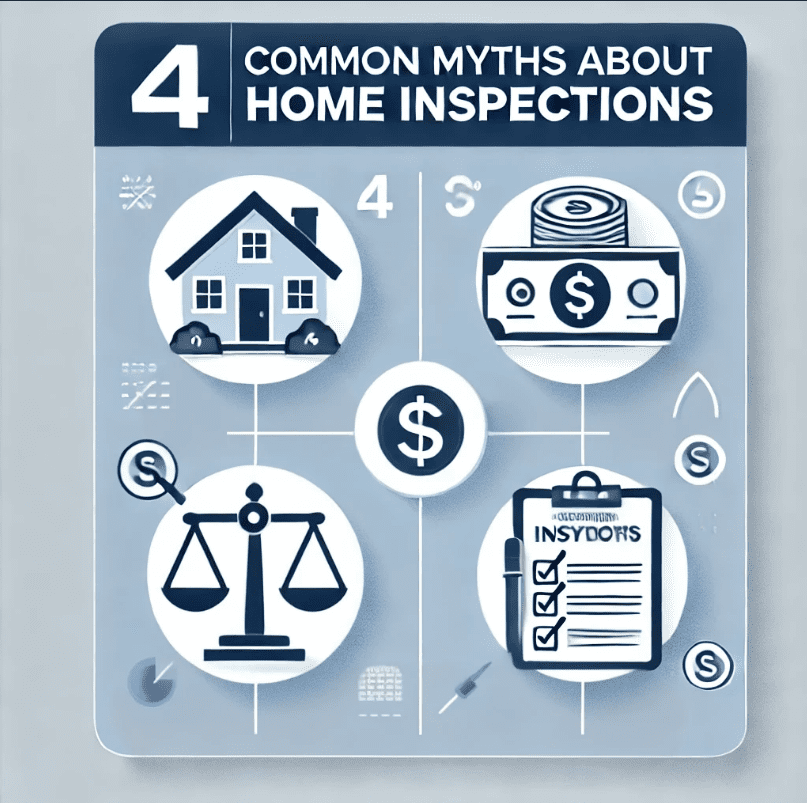Brandywine Valley, PA—including areas like Chadds Ford and Garnet Valley—is known for its blend of historic charm and upscale neighborhoods. Homes here range from centuries-old stone farmhouses to custom-built estates with modern systems and finishes.
Whether you’re buying, selling, or maintaining a home in the Brandywine Valley, a professional home inspection is essential. This is especially true for historic and high-end properties, where aging construction or complex systems may conceal risks not visible to the untrained eye.
Home inspections in Brandywine provide a detailed look at the condition of a property. They help buyers make informed decisions and give sellers a chance to address issues before listing. Done properly, a home inspection reduces unexpected costs and supports long-term home value.
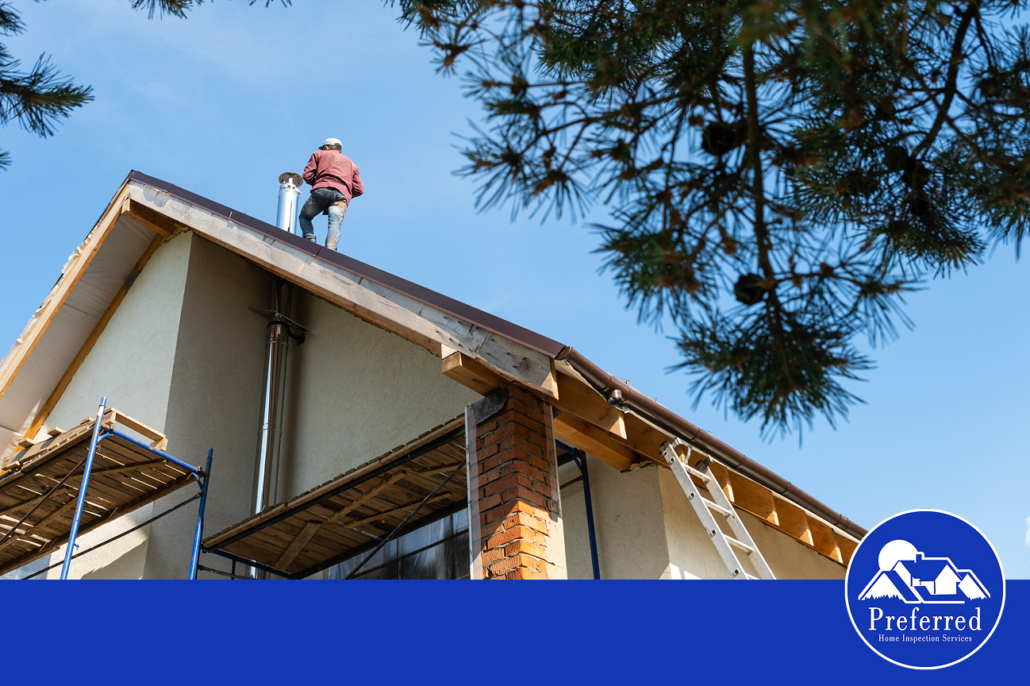
Why Home Inspections Matter in the Brandywine Valley
Homes in this region often require a closer look due to their age, architecture, and location-specific concerns. Skipping an inspection or working with someone unfamiliar with local homes can lead to missed problems—some safety-related, others costly.
Several factors make home inspections in Brandywine, PA, especially important:
- Older structures may hide outdated electrical, plumbing, or insulation.
- Moisture retention in stone or brick foundations may lead to mold.
- Wood frame construction in wooded areas increases termite risks.
- High-end systems—like multi-zone HVAC or smart home features—require technical insight during evaluation.
Because Brandywine homes often involve unique materials and layouts, an experienced home inspector with local knowledge is key.
What a Standard Home Inspection Includes
A home inspection is a non-invasive visual evaluation of a property’s accessible components. It is not intended to predict future wear, but it does uncover immediate concerns that affect function and safety.
A qualified home inspector typically evaluates the following:
- Roof and flashing
- Attic and insulation
- Visible structural components
- Electrical panels, outlets, and switches
- Plumbing supply and waste lines
- Heating and cooling systems
- Ventilation and ductwork
- Windows, doors, and locks
- Walls, ceilings, and floors
- Built-in kitchen appliances
- Exterior siding, decks, and porches
- Foundation and grading
After the visit, clients receive a detailed report that outlines all findings in clear, straightforward terms, often with photos and recommendations.

The Specific Needs of Historic Homes
Many properties in Chadds Ford and throughout the Brandywine Valley were built in the 1800s or earlier. These homes reflect craftsmanship and materials that are rarely used in modern construction. While their age adds to their aesthetic and historical value, it also introduces challenges that require careful evaluation during a home inspection.
For example, older homes often feature stone or rubble foundations that may have shifted or settled over time. You may find plaster walls that have been patched to cover structural changes, and electrical systems that include outdated wiring, such as knob and tube, which may no longer meet current safety standards.
Windows may be original wood-framed, single-pane designs that are drafty or difficult to seal.
Floors might show signs of uneven settling, and framing may not align with modern building codes.
Chimneys are often dry-stacked or lack proper liners, raising fire safety concerns.
In historic homes, inspections must strike a careful balance—acknowledging the natural wear that comes with age while identifying conditions that compromise safety or functionality. A quality inspection will distinguish between materials and methods that remain serviceable and those that present genuine risks.
High-End Homes Have Complex Systems
Modern homes in Garnet Valley and newer parts of Brandywine often include high-end features designed for comfort, efficiency, and convenience. These homes may be equipped with geothermal heating systems, advanced HVAC units with zoned climate control, smart lighting, built-in sound systems, and EV charging stations. While these features enhance everyday living, they also require specialized understanding during an inspection.
A thorough inspection of these homes typically involves reviewing HVAC systems with multiple air handlers or digital thermostats, home automation panels that control everything from lighting to window shades, and separate subpanels dedicated to handling the power needs of large appliances or future additions.
Some luxury properties also include specialized installations like home saunas, elevators, or wine cellars, as well as waterproofing solutions for basement areas that may be below grade.
Though not every component of high-end systems falls under the standard inspection scope, an experienced inspector will be able to access and assess the installation quality, basic functionality, and condition of these systems. It’s important to ensure that they’re operating as intended and were installed with the proper methods and materials.
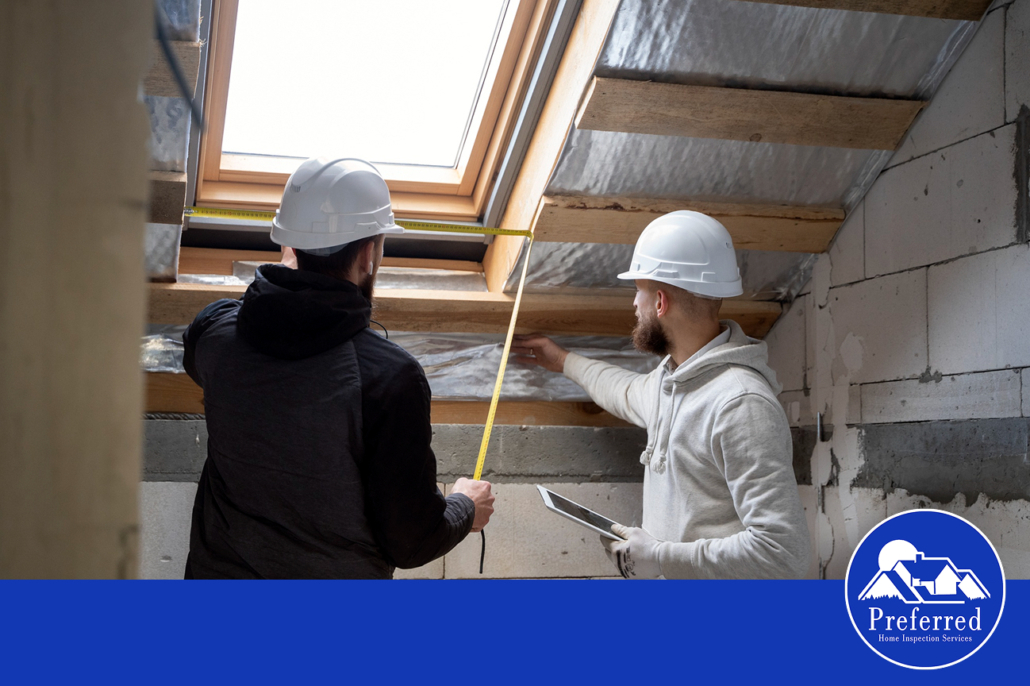
Add-On Services That Matter in Pennsylvania
In Pennsylvania, certain environmental risks are more common due to soil composition, weather, and local building methods. These risks can’t always be seen during a general inspection, so specialized testing may be needed.
Radon Testing
Radon is a naturally occurring radioactive gas that can enter homes through foundation cracks and joints. Pennsylvania has some of the highest residential radon levels in the country. Brandywine’s stone basements and older homes often test above the EPA action level.
Radon testing is simple and typically takes 48 hours. A certified home inspector will use a calibrated device and follow protocol to ensure reliable results.
Termite Inspections
Termites are active in southeastern Pennsylvania and often go unnoticed until they’ve done real damage. Even luxury homes can be vulnerable, especially when landscaped close to the exterior.
During a termite inspection, the inspector checks for:
- Mud tubes near foundation walls
- Wood that sounds hollow when tapped
- Soft or punctured window sills
- Evidence of discarded wings
Termite damage often affects structures over time. An early inspection helps determine the presence of active colonies or prior infestation, so steps can be taken before the problem grows.
Mold Testing
Damp basements, roof leaks, or poor ventilation can create environments where mold grows. Even if it’s not visible, mold spores may pose health issues, especially in older homes with low airflow.
If a musty odor is noticed or water staining is visible, mold testing may be appropriate. An inspector can collect air or surface samples and send them to a lab to confirm the presence and type.
Why Certifications Matter
In Pennsylvania, home inspectors are not required to be licensed by the state—but that makes certifications even more important. When hiring a home inspector, ask if they hold the following:
- InterNACHI or ASHI certification
- Radon testing certification through NRPP or PA DEP
- Continuing education in building systems and safety
- Insurance and errors & omissions coverage
Certified inspectors follow a nationally recognized standard of practice. They receive regular training and feedback to stay current on inspection protocols.
When to Schedule a Home Inspection
For buyers, an inspection happens soon after making an offer and can inform further negotiation.
For sellers, a pre-listing inspection spots issues before they hit the market—and can help reduce time under contract.
Even long-time owners can benefit. If you haven’t had one in 5–10 years, especially in a historic or high-end home, consider it part of responsible home maintenance.
Local Experience Makes a Difference
Preferred Home Inspections focuses on homes in Brandywine, Pennsylvania. That includes Chadds Ford, Garnet Valley, and the surrounding townships.
Because we inspect homes here every week, we know what to expect. We apply that local knowledge to each inspection, with professionalism and a neutral tone.
Contact Preferred Home Inspections for a thorough inspection.
Whether Buying or Selling, Schedule That Home Inspection
Home inspections in Brandywine, PA, are more than a box to check—they are a vital part of understanding, protecting, and preserving your investment.
Whether your home is 200 years old or built last year, inspections help all parties make confident, informed decisions. Certified inspectors know how to document current conditions, detect hidden risks, and provide a clear, detailed report tailored to your home type.
If you’re in Chadds Ford or Garnet Valley and own or are buying a historic or high-end property, an inspection will give you the knowledge needed to move forward with peace of mind.









